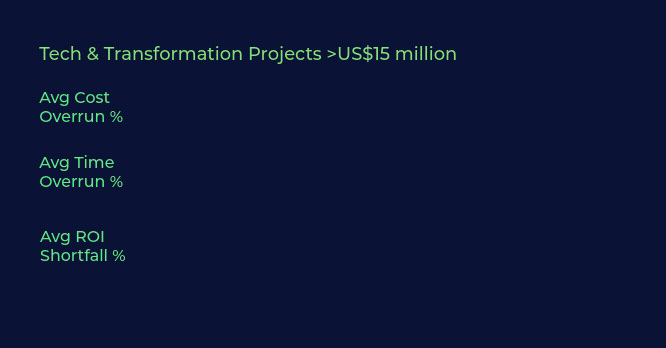
PIM: Project Insights Method
Redefining Predictive Project Intelligence
The Project Insights Method (PIM) offers a next-generation assurance platform, purpose-built to anticipate systemic risk, optimise delivery momentum, and ensure strategic alignment across the project lifecycle.
When Everything Looks Green—But Feels Wrong
You're leading a critical programme. Project status reports say it's on track. Milestones are green. The PM says you’re A-OK.
But in the corridors, in the meetings, in the silences—you sense something's off. Stakeholders are uneasy. Delivery teams aren't aligned. Risks aren't being voiced. Something isn't right—but you can't prove it.
Traditional reviews effectively assess plans, governance, and processes. But they can't surface behavioural friction, unspoken assumptions, or quiet misalignment. That's where PIM comes in.
PIM, the Project Insights Method, is an AI-augmented, SPRI™-enhanced review method that strengthens the traditional Gateway process with behavioural insight, cognitive challenge, and strategic clarity.
It probes projects to surface latent risks with:
Maturity-based scoring across delivery, governance, and alignment
Behavioural diagnostic to surface trust gaps and psychological risk
Uncovers hidden assumptions, misalignment, and drift in real time
PIM Capabilities
Applying rigorous methods, advanced AI, and behavioural analytics to tackle the most complex challenges in innovative ways, PIM is a system for delivering outcomes you can measure, replicate, and sustain.
Major failures and alignment issues in private and government sector programs have significantly contributed to a withering of public trust. Despite improvements in methodologies and a focus on governance, failures and misalignment continue to be a significant concern for technology and enterprise transformation.
Our focus is not on telling you how to run your business or a project, but on exposing the risks and threats that are often hidden in plain sight beneath the optimistic status reports and confusing metrics of any method you are currently using.
PIM
Project Insights Method
PIM is TWC’s flagship diagnostic framework for complex projects and programs.
Built from a study of over 6,000 failed IT and transformation programs between 2005 and 2024, PIM identifies early warning signs of failure long before they become apparent.
PIM doesn’t just track performance. It diagnoses behavioural drift, systemic fragility, and strategic misalignment with surgical precision.
Layering project metrics with SAGE behavioural analysis, PIM creates a predictive powerhouse, transforming data into strategic foresight.
The Project Insights Method (PIM) offers a suite of tools that collectively provide comprehensive oversight of project health, potential threats, and risk dynamics:
Comprehensive analytics.
Predictive modelling for risk assessment.
Compatible with any project management system.
Benefits:
Customizable Risk Triggers – Tailor early-warning signals to match your project’s unique profile.
Faster Project Delivery – Maintain momentum with precision diagnostics that keep timelines on track.
Smarter Risk Management – Identify, prioritise, and neutralise emerging threats before they escalate.
Aligned Strategy Execution – Ensure every project directly supports your organisation’s strategic goals.
Stakeholder Confidence Built In – Deliver with clarity and assurance that inspires trust and buy-in.
Failure Hiding In Plain Sight
Corporate clients face pressures on market delivery, timeliness, profitability, and shareholder value, among other key factors. However, these factors also drive perverse incentives in program delivery, including over-optimism, hubris, denial, hiding risks, and a fear of failure, to name a few. Our focus is on evidence-based, AI-powered toolsets, complemented with cognitive and behavioural pattern analysis, to deliver results, not platitudes.
PIM, our predictive analytics risk-management tool, has been developed to assist organisations of all sizes in identifying and mitigating against these failure patterns quickly and easily.
Our research has shown that in the private sector:
Projects over US$15M:
Spend 45% over budget
Run 7-10% over schdule
Deliver 40% of anticipated ROI
17% of these programs:
Spend 200-400% over budget
Run 70-100% over schedule
Deliver 25% of anticipated ROI
16% of these companies will face bankruptcy as a result.
Every additional 6 months spent on a project increases cost overruns by 7.5%.
FAQs
How long does a PIM review take?
Most PIM reviews are completed quickly, averaging 2— 3.5 weeks. Factors that affect this are the project's size and complexity, the availability of materials, and the stage of the PIM tier. Clients requiring critical reviews can have their reviews expedited, and these can be completed in days, if needed.
What kind of information does PIM need?
PIM typically requires no additional data or information beyond what you already have for your projects. You should not have to “create” data for PIM, as it uses the standard project materials as part of its review (business case, status reports, project charters, governance reports, change reports, risk register, etc.) We may request specific data from your PM tool for simplifying metrics analysis.
At what stage should I employ PIM?
PIM has six tiers: three “set” phases for project initiation, mid-flight, and post-release review. Then there are the tiers that enable detailed project risk analysis once your project is underway and you want to ensure it remains on track—Project Vector Analysis, Vector Threat Analysis, and Risk Telemetry. PIM has been designed and price-structured not for “one-off” use, but for clients to apply the toolset at various stages over a project lifecycle.
Is my data safe with PIM?
All PIM data is encrypted both in transit and at rest. No client data is used to train either PIM or the over-arching LLM toolset powering PIM. If requested, your data can be pseudo-anonymised, but this will cause delays in processing and some additional costs.
Is PIM only relevant to large organisations?
PIM has been designed to suit any project, regardless of size, organisation, or complexity. Three metric modules can be decided by the client (PIM, PIM+ and PIM Enterprise). The most advanced and complex, PIM Enterprise, has been designed for projects typically found in large organisations, but not exclusively. Small and medium-sized corporations can effectively utilise PIM with the base and PIM+ metrics, which will suit most project needs.
Is PIM used only to pick fault with Projects?
PIM is a maturity-based tool. Its purpose is to surface latent risks and recommend remediation actions promptly to course-correct a project. However, there are specific “red-flag” triggers (most of which can be customised) which indicate serious concerns; for example, an absent or defunct risk register, or worse, a lacking or defunct project schedule.
How can I use PIM data more meaningfully?
While the focus of PIM is on ensuring the effective, efficient, and safe delivery of complex, high-risk projects, there are numerous side benefits from PIM. Longitudinal use of PIM will provide clients with a very accurate understanding of how they perform at delivering each type of project. More importantly, they will gain a deeper understanding of their specific managers' skill sets in managing these complex programs, including their strengths and weaknesses, and be able to employ those skills more accurately in future.
Does it matter what PM Methodology I use?
No. PIM is platform and methodology-neutral. It is designed and trained to detect patterns through cognitive, behavioural, and metric analysis. We only require that the materials be in a readily readable format (PDF, Word, Excel/CSV). Your method or approach is only important in that it allows PIM to evaluate adherence to your own processes (for example, PRINCE2, waterfall, or Agile), but PIM is already trained in most recognised PM methodologies.
Deliver with foresight, precision, and resilience.
No enterprise starts a project thinking it will fail. Failure isn’t a planned objective or usually the result of a single decision. Most projects fail because of numerous small, poor choices made with the best of intentions over time—catastrophic failure happens gradually, then suddenly.
The Third Way Consulting experts, with our Machine Intelligence Labs, analysed over 6,000 failed technology and transformation programs spanning 20 years (2004-2024) with the sole goal of identifying not only how they failed but also why they failed. From that research, we defined over 200 behavioural, cognitive, systemic, and procedural failure patterns, along with associated project metrics. We trained an AI model using standard project methodologies and these failure points, triggers, and metrics, overlaid with our unique Socratic Governance tool. The result? An AI-powered method that can easily surface latent failure patterns in typical project documentation, well before they are visible to most reviewers.
We call this PIM—the Project Insights Method. Within days, not weeks, PIM can:
Identify cognitive and decision-making risks before they lead to downstream failures.
Expose governance fragility where escalation paths or accountability gaps are currently invisible.
Identify & correct signs of project, strategic and governance drift.
Foster introspective governance, making blind spots visible and actionable before they become fatal project hazards.
Enshrine project agility to ensure responsible escalation and oversight.




